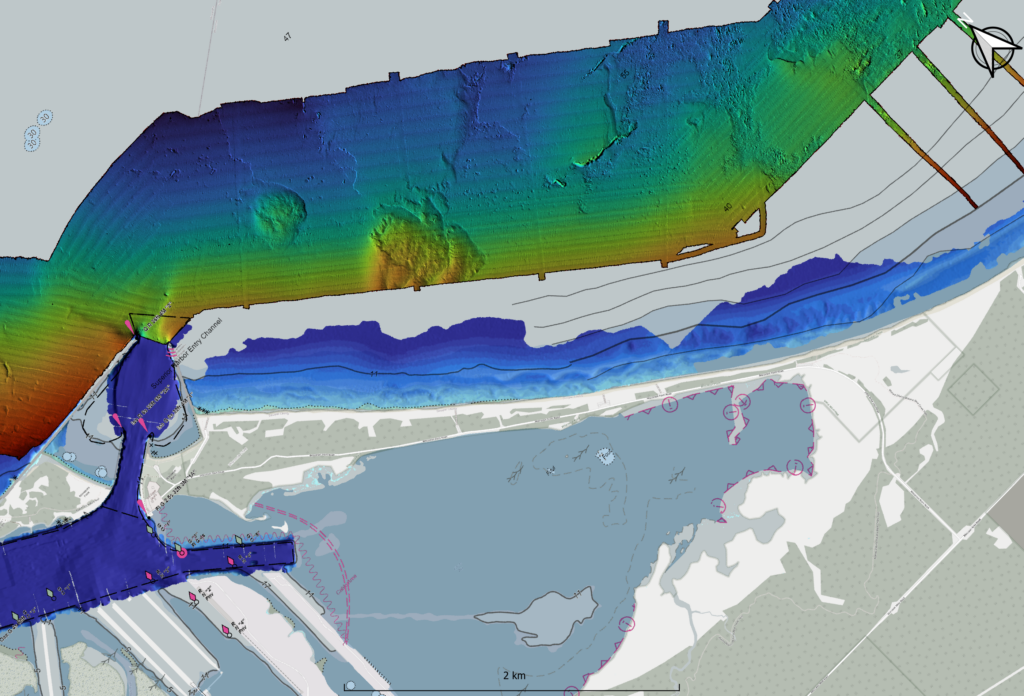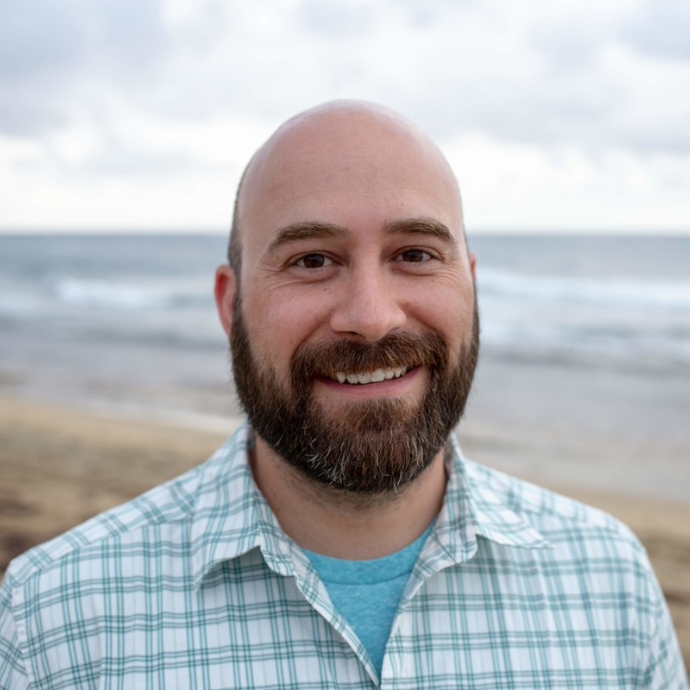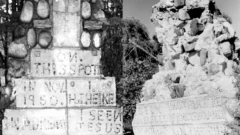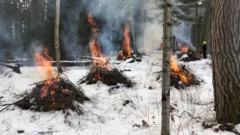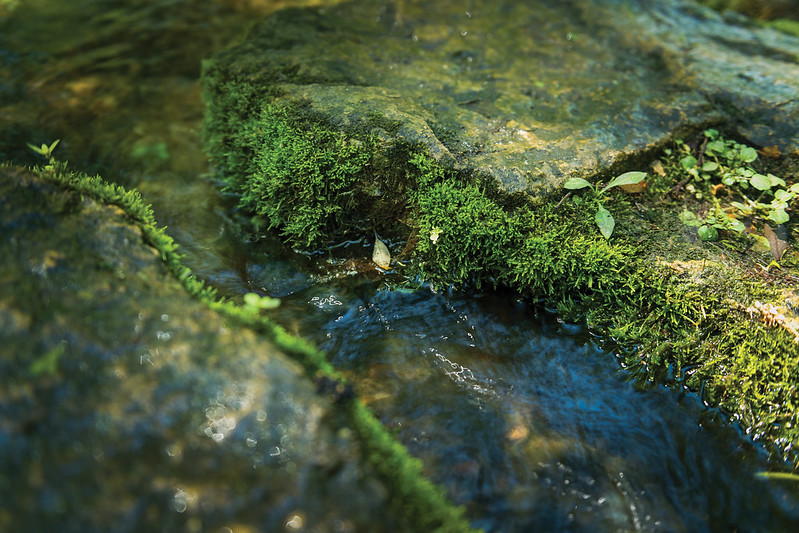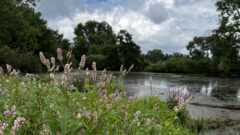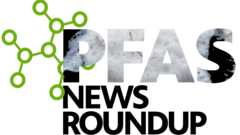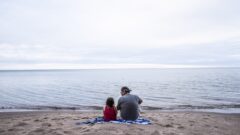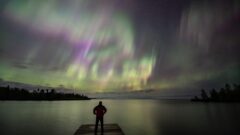New Great Lakes Fishing Decree now in effect
The latest Great Lakes Fishing Decree has taken effect, and its guidelines for certain Great Lakes fisheries in Michigan will be in place soon. The new decree includes many updates, including which areas tribal commercial fishers can use, as well as the reporting requirements for the fishing industry. Read the full story by WLNS-TV – Lansing, MI.
Great Lakes Commission
https://www.glc.org/dailynews/20240304-gl-fishing-decree

